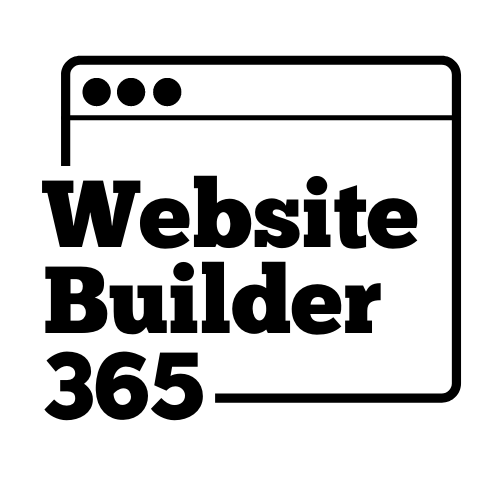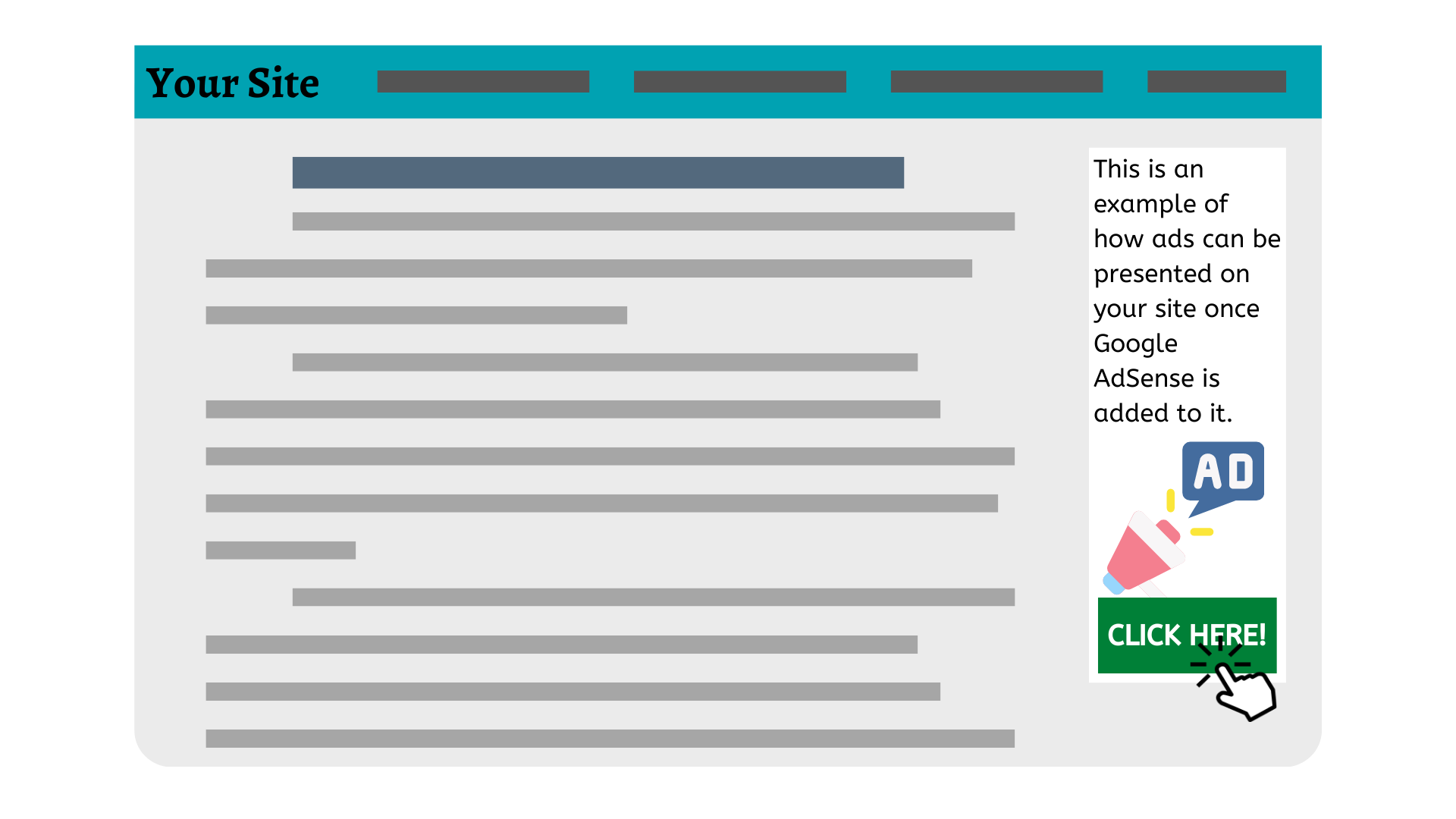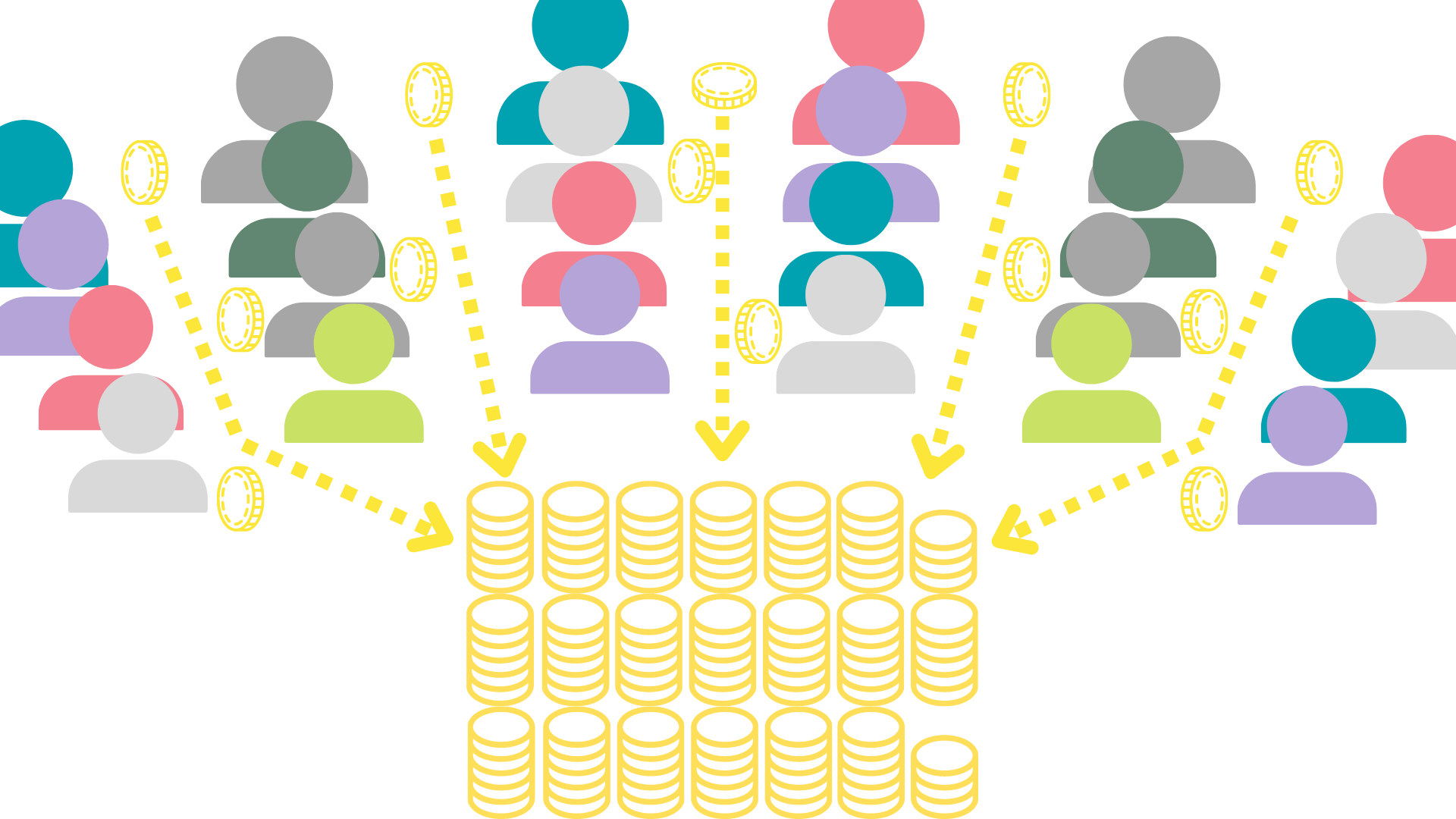Make Money Online with Affiliate Marketing
In this article, we’ll be talking about:
1. Affiliate Marketing
2. Cost-Per-Click Advertising with Google AdSense
3. Sell Website Ad Space
As a site owner welcoming sponsors and advertisers to pay you for advertisement space on your site, you’re what’s called a “publisher”. Publishers look for “advertisers” interested in sponsoring or placing ads on the publishers’ content.
Selling ad space on your site directly to prospective advertisers is another way to earn money from your website. This is somewhat connected to the previous point about Google AdSense, as both methods involve making space on your site for advertisement content. In this method, rather than getting advertising through the Google AdSense system, you’re getting paid directly by companies or groups that want their content to reach your audience. A common format for how advertisers pay sites is dependent on how many visitors your site receives, with rates typically quoted as a dollar amount per 1000 impressions, also known as CPM. As an example, a publisher sets their rates at $5 CPM, and they receive an average of 100,000 impressions monthly, so they would charge advertisers around $500 for advertisement on their site.
Another form of being paid for ad space on your site involves you directly selling advertisement space on your site for a flat and direct price. It’s up to you to set a price for advertising on your site based on relative competition and what you think advertising on your space is worth, and from here you’re paid directly on a monthly basis. What you’ll be paid is typically a flat fee not connected to a cost-per-click rate like AdSense. BuySellAds is a site that connects advertisers looking for ad space with sites looking for advertisers on their site. How BuySellAds specifically works is that publishers set a flat fee and then implement a provided piece of code onto their site so that it shows up on the BuySellAds platform. From here, advertisers browse the BuySellAds platform to find and purchase ad space on the sites shown to them by BuySellAds.
4. Accept Donations
5. Sponsored Content Posts
6. Sponsored Product Reviews
7. How Do I Create Good Content?
Creating Content Efficiently
I’ll detail an example of how content creation for your online presence can be more connected and straightforward than you might think.
Let’s imagine ourselves with a site getting started from the ground up. Your hypothetical site reviews cameras and their related products, and you’re looking for a way to maximize the efficiency and amount of content that you produce for your site that you have. To do this, you first set up social media accounts and a YouTube channel for your site, so that you can expand your reach and increase the chances of people finding and liking your content. Then, you start your content creation off by shooting a video review of a camera tripod, and you’ll make the rest of your content in the coming few days centered around this same product. After completing the video review, you upload the video onto YouTube as a way to bring in awareness, interest, and income from the video itself. As part of the YouTube video and in the video’s description, you place an affiliate link for Amazon where the tripod is sold so that you can bring in income from the affiliate link’s commissions.
Next, you could take the video’s contents and transcribe what’s been said in the video, and pair this with photos, stills, and/or clips from the video to create a review post for your site, which will earn the attention of people interested in your site’s topic and contents. Within this review post would also be the affiliate link for the product to increase the exposure that the affiliate link has, so that you have more potential to earn commissions from it. Then, you can use social media such as Facebook and Instagram to promote your video and your site post further, and do things like including a shortened version of the video or site post in the social media post itself to entice people to read or watch your review in its full length. Alongside your proactive actions to gain reach and revenue, you’ll also be receiving income from Google AdSense banner ads on your site when people access your site from finding your related content on places like YouTube or other social media.


